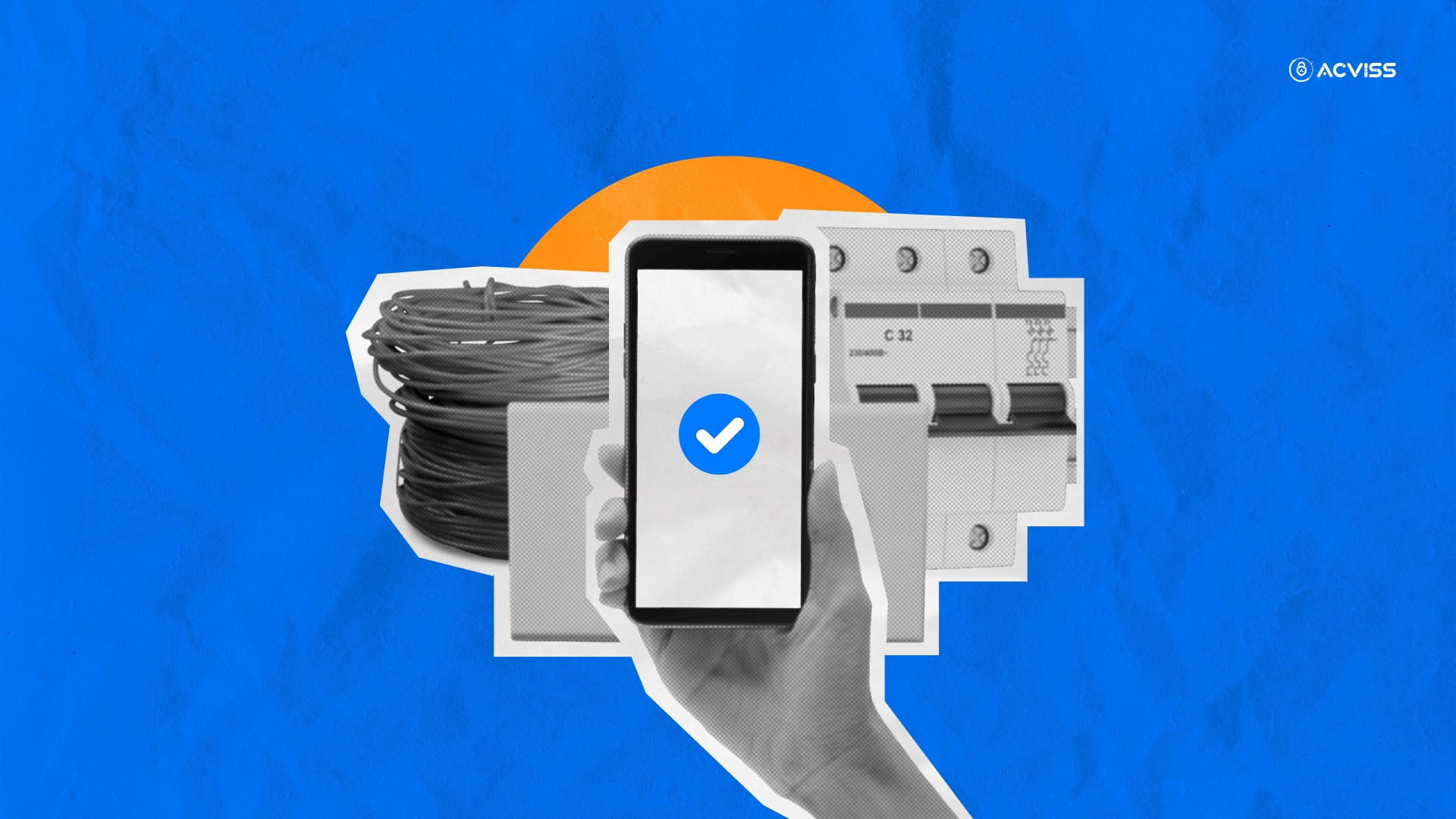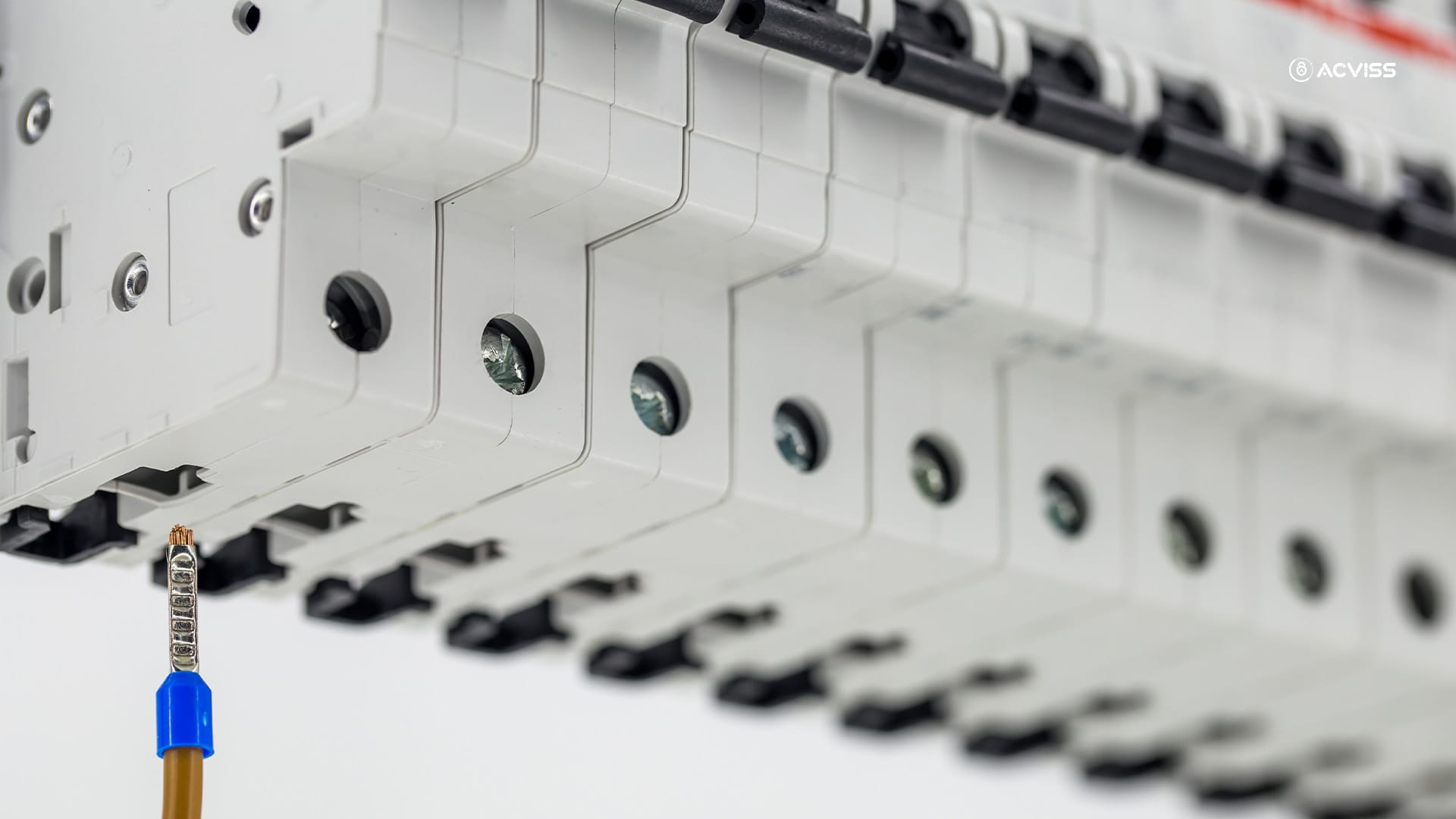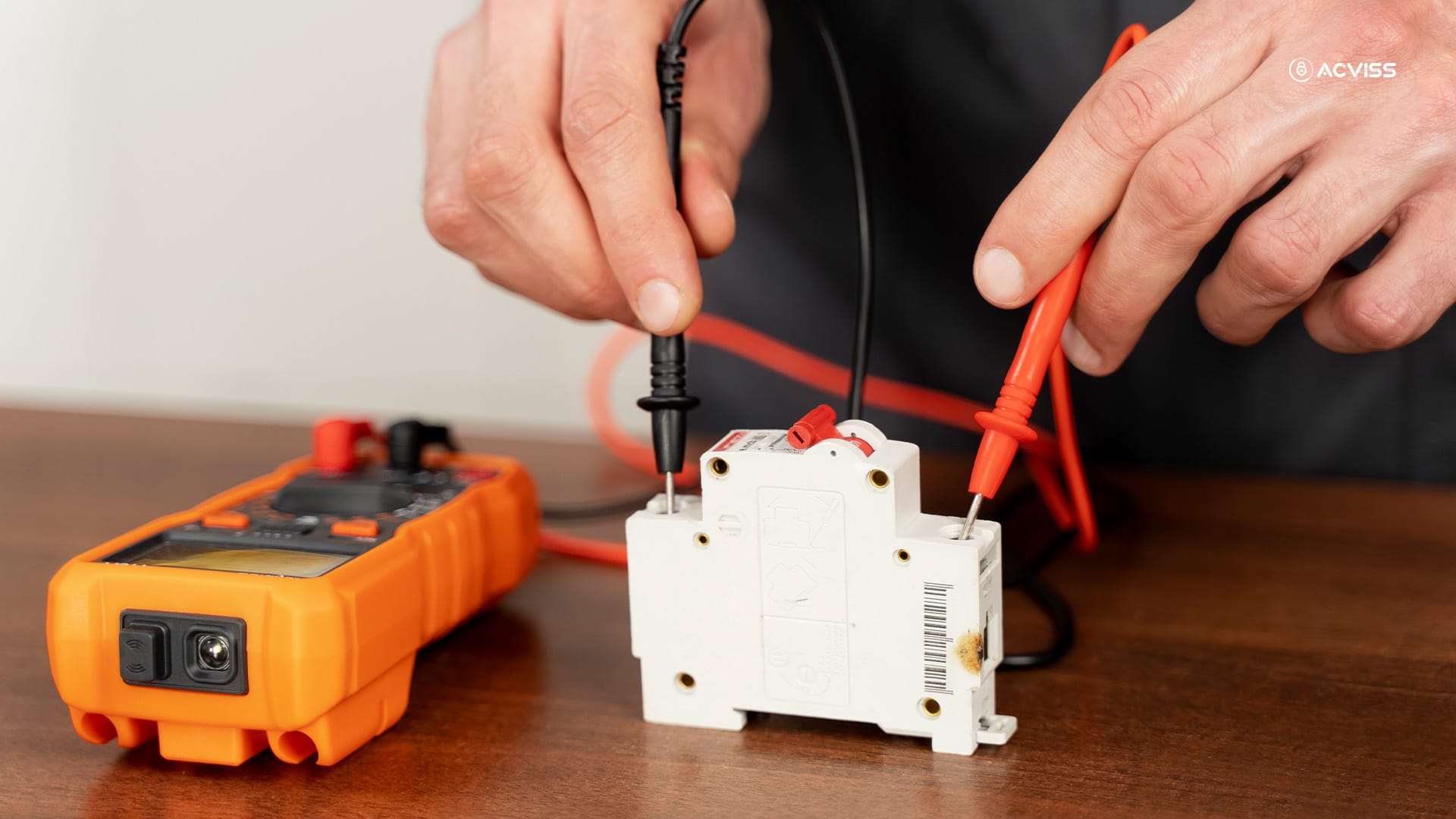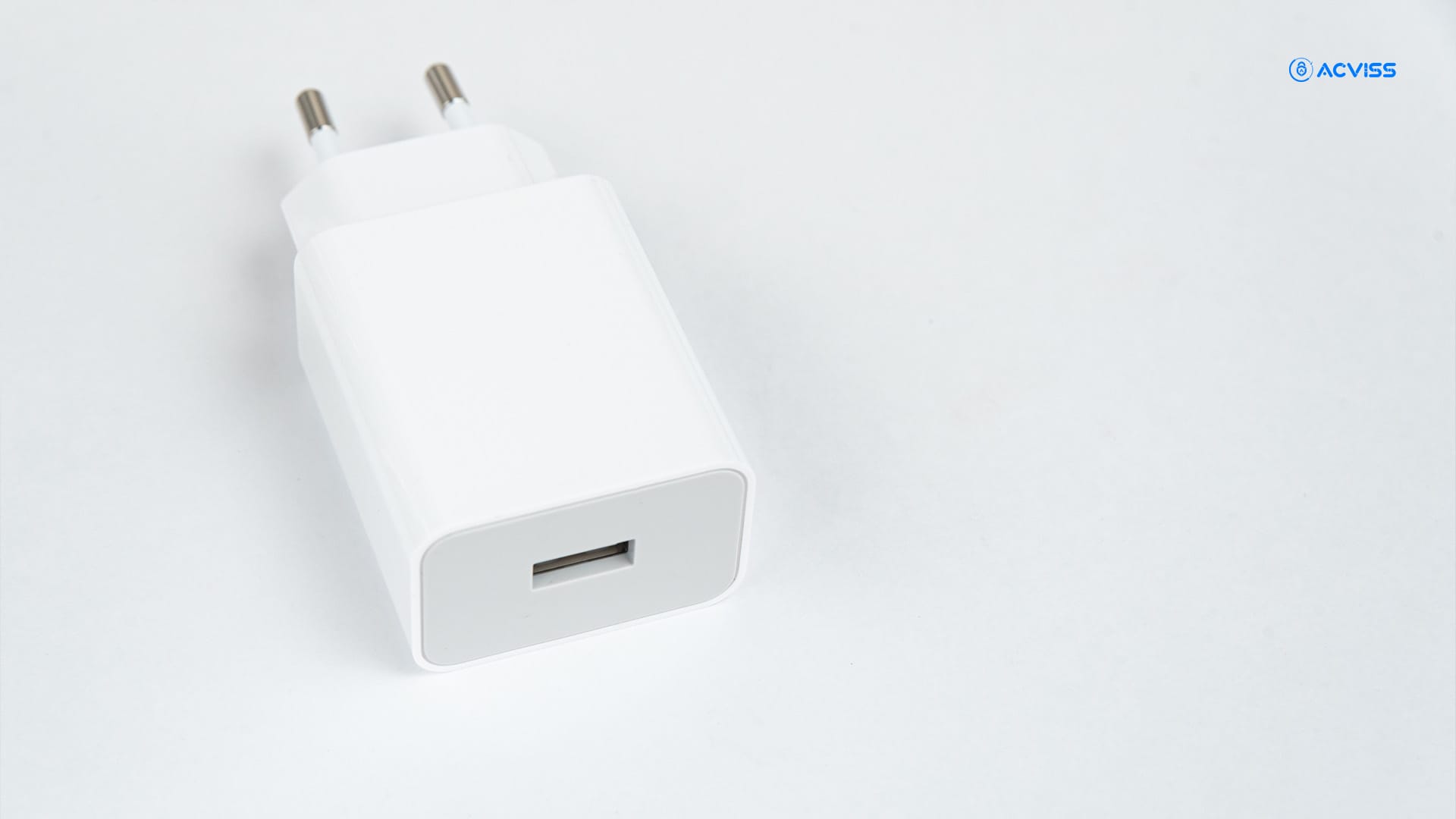How to Detect Counterfeits in the Electronics Industry?

The global electronics market faces an increasing threat from counterfeit components and devices. From smartphones and chargers to integrated circuits used in critical infrastructure, counterfeit electronics can cause product failures, safety hazards, and loss of consumer trust. Detecting counterfeit electronics early in the supply chain is essential for manufacturers, distributors, and consumers alike.
Why Counterfeit Electronics Are a Growing Problem
High demand, low regulation: The rapid pace of technology and global sourcing has created vulnerabilities in procurement.
Profit margins: Counterfeiters exploit demand-supply gaps by offering lookalike components at cheaper rates.
Online marketplaces: The rise of e-commerce platforms has made it easier to sell counterfeit products globally.
Obsolete component markets: Many counterfeiters target industries with long product life cycles such as aerospace, telecom, and medical devices where sourcing exact replacements is harder.
Common Types of Counterfeit Electronics

Cloned Components: Unlicensed copies that look like the original but fail to perform.
Remarked ICs: Used chips cleaned and relabelled as new, often with fake specifications.
Overproduced Components: Excess components manufactured beyond the authorized count.
Tampered Products: Genuine parts with replaced internal components.
Detection Methods
1. Visual Inspection
Check logos, label positioning, font inconsistencies, and pin alignment.
Look for spelling errors, mismatched casing colours, and uneven soldering.
2. Electrical Testing

Use oscilloscopes, multi-meters, or IC testers to verify performance against datasheet specifications.
Non-functional or underperforming parts often signal counterfeits.
3. X-ray and Microscopy
Inspect internal structure to verify die configuration and packaging.
X-ray imaging can reveal reused or tampered internals.
4. Certificate and Serial Verification
Check authenticity using QR code labels or serial numbers linked to a digital authentication system.
Use track-and-trace platforms to confirm the origin and journey of the part.
5. Supply Chain Traceability
Source only from authorized distributors.
Implement parent-child traceability models to link original batches with distributed units.
Most Commonly Counterfeited Electronics
Phone chargers and batteries (especially for Apple and Samsung)
LED drivers and bulbs
Audio devices and wireless accessories
Microcontrollers and memory chips
Power adapters and extension cords
These products are highly targeted due to their wide usage and ease of replication. Many look identical to the original but fail basic electrical safety and longevity standards.
Top Busts in Recent Years
Delhi, 2023: Over 5,000 fake branded phone chargers were seized from a wholesale electronics market, including lookalikes of top brands.
China–USA, 2022: A major bust uncovered counterfeit ICs being passed off as military-grade chips, potentially endangering defence equipment.
Hyderabad, 2024: A warehouse storing counterfeit LEDs and extension boards labelled as BIS-certified products was dismantled, highlighting the risk to household consumers.
These incidents reveal the global scale and high stakes involved in electronics counterfeiting.
Case Example: Fake Phone Chargers

A recent study found that over 99% of counterfeit Apple chargers failed basic safety tests. These fakes not only damage devices but pose shock and fire risks. Many lacked fuses, insulation, and grounding found in genuine models. Consumers often purchase these unknowingly due to marginal price differences and visual similarities.
How Acviss Helps
Acviss provides QR code–based authentication and traceability tools that help detect counterfeit electronics at every stage of the supply chain. Brands can secure products with serialized codes, while consumers can instantly verify authenticity via a mobile scan.
Acviss works with brands like Sturlite, K-OON, and Biocon to:
Secure electronic components with tamper-proof, GS1-compliant QR codes
Implement parent-child traceability from the manufacturing line to the retail shelf
Offer loyalty rewards for channel partners who scan and verify genuine products
Enable end consumers to earn points or warranties by authenticating purchases
Detect and block unauthorized sales returns or re-entry of tampered products
With Acviss, brands not only protect their supply chains but also engage customers and partners more meaningfully, improving retention and trust.
FAQs
What are the most common signs of counterfeit electronics?
Common signs include inconsistent fonts or logos, misspelled labels, unusual packaging, non-standard connectors, poor build quality, and overheating during use. If a deal looks too good to be true, it often is.
Why are phone chargers and LEDs frequently counterfeited?
These items are inexpensive to replicate, sold in high volume, and often purchased without close inspection. Since they’re widely available in unregulated online and offline markets, they’re easy targets for counterfeiters.
How can manufacturers prevent counterfeit electronics from entering the market?
They can adopt parent-child traceability, apply GS1-compliant serialized QR codes, and restrict distribution to verified partners. Regular audits and authentication checkpoints at the warehouse and shop floor levels are also critical.
What role does QR code verification play in detection?
QR codes act as digital fingerprints. When linked to a secure platform like Acviss, they allow real-time product verification by scanning with a smartphone, helping to instantly identify tampering or unauthorized duplication.
How does Acviss support electronics brands?
Acviss enables brands to:
Apply tamper-proof QR codes
Authenticate each saleable unit
Track distribution paths
Run loyalty campaigns for genuine purchases
Prevent sales return fraud and unauthorized channel re-entry
Can customers check if a product is fake before buying?
Yes. Brands using Acviss allow end customers to scan the QR code on the product packaging using their mobile phone. If the code is genuine, they see product details and may receive warranty activation or rewards.
Conclusion
Counterfeit electronics compromise performance, safety, and brand reputation. Implementing a multi-layered detection strategy involving visual checks, technical verification, and digital traceability can mitigate the risks. Technology-led authentication solutions like Acviss enable manufacturers and customers to stay ahead of counterfeiters. The combination of compliance, supply chain control, and consumer engagement offers a sustainable way forward for electronics brands.